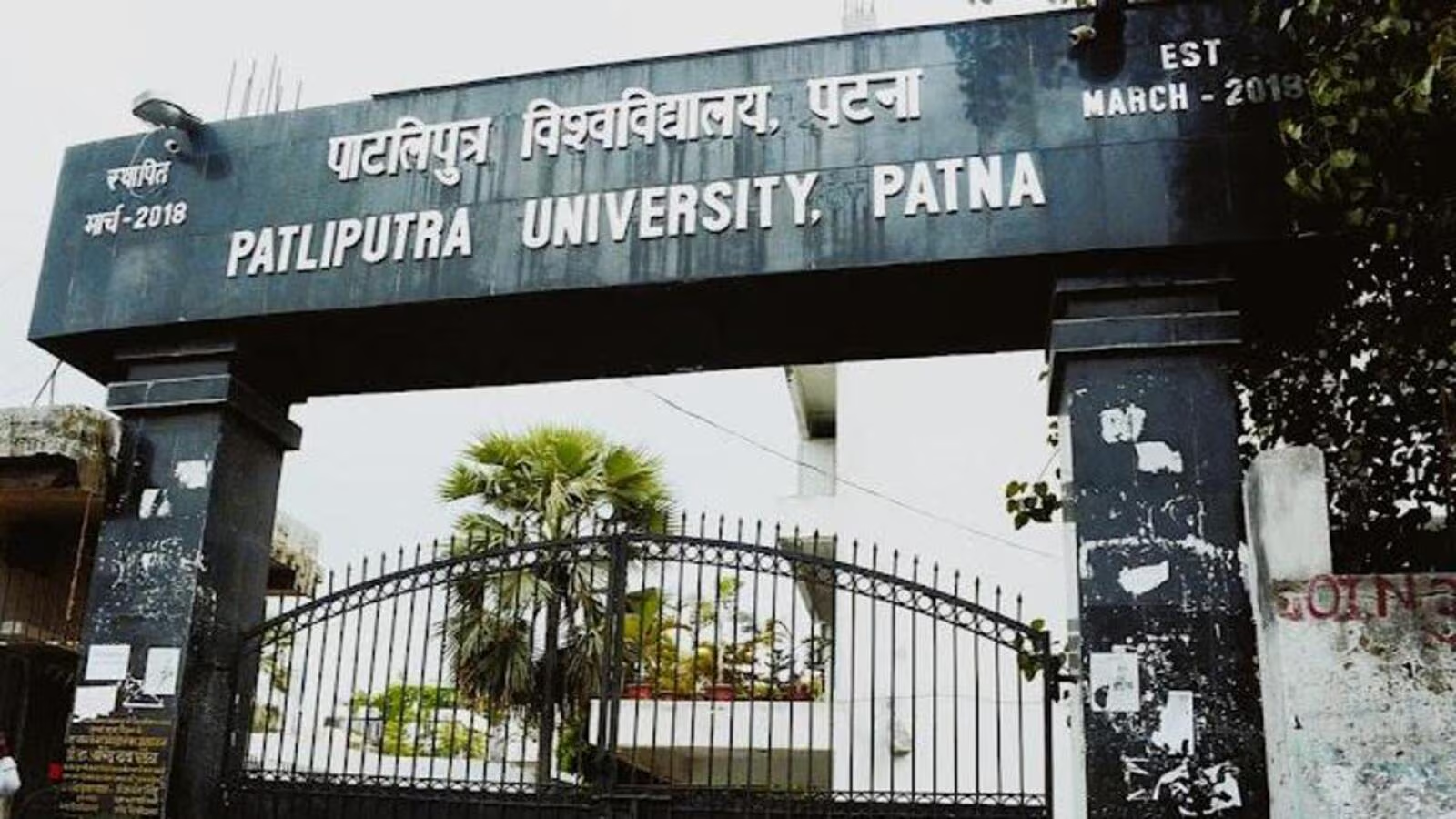In the heartland of Bihar, where tradition and modernity constantly intersect, Patliputra University (PPU) has been carving out a distinct identity since its establishment in 2018. A relatively young institution, PPU has rapidly expanded its academic reach and administrative structure, overseeing numerous colleges across Patna and Nalanda districts. Despite challenges, it has managed to emerge as a promising destination for higher education, particularly for students seeking opportunities close to home.
The Formation of PPU
Patliputra University was formed after the bifurcation of Magadh University. The objective behind the creation of a new university was to decentralize academic and administrative burdens and streamline operations for the benefit of both students and faculty. PPU was entrusted with colleges from Patna and Nalanda districts, while Magadh University continued with institutions in other regions.
The birth of PPU marked the beginning of a new era in Bihar’s education system. With a focused approach, it aimed to improve exam timelines, digitize administrative procedures, and implement transparency in the admission process.
Academic Environment and Courses Offered
PPU offers a wide range of undergraduate, postgraduate, and vocational courses in the fields of science, commerce, humanities, and technology. Courses like B.A., B.Sc., B.Com., M.A., M.Sc., M.Com., and several diploma and certificate programs are conducted across affiliated and constituent colleges. In addition to traditional disciplines, the university has also started offering career-oriented and skill-based programs.
The academic structure is designed to cater to diverse student needs—from conventional academic learners to those looking for practical and job-oriented training. Colleges under PPU often collaborate with skill development institutions, helping bridge the gap between academic knowledge and real-world application.
Digital Transformation and Examination Reform
One of the biggest reforms undertaken by PPU in recent years has been the digitization of academic services. From online admissions to digital mark sheets, the university has embraced e-governance with the aim of reducing paperwork, ensuring faster processing, and minimizing human error.
The implementation of online examination forms, admit card generation, and result publication has significantly reduced delays. While challenges such as server overloads and login glitches have occurred, they mark growing pains in a system transitioning towards digital efficiency.
Despite progress, PPU has faced criticism over result delays, re-evaluation discrepancies, and technical issues during online form submissions. In response, the administration has assured better server capacity and helplines to assist students.
Challenges Faced by Students
Like many public universities in India, PPU has faced its share of criticism. Students frequently raise concerns over late exam results, missing internal assessment marks, backlog issues, and inconsistent communication from college authorities.
The COVID-19 pandemic further disrupted the academic calendar, causing significant delays in sessions. Some students from the 2020 and 2021 batches continue to face session backlogs. While online classes were introduced as a remedy, they were marred by lack of infrastructure and digital divide—especially in rural areas.
Another common complaint has been the poor coordination between the university headquarters and its affiliated colleges. Students often find themselves caught between conflicting information from their college and the university website. Despite efforts to centralize student support, these gaps persist.
Recent Developments (2024–2025)
In the past academic year, PPU conducted its UG and PG examinations on a more timely basis. The university also completed pending result declarations from previous sessions. The BA, BSc, and BCom Part 3 results were declared in July 2025, which was a relief for final-year students planning higher education or government job exams.
PPU has also launched workshops and training programs aimed at upskilling faculty members and improving pedagogy. The university is making efforts to increase its National Assessment and Accreditation Council (NAAC) score by promoting research, faculty development, and infrastructure upgrades.
There has also been talk of introducing new vocational courses in data science, tourism management, and environmental studies, aligning with New Education Policy (NEP) goals. Additionally, the university has shown intent to build a central digital library and a university management portal for seamless academic record maintenance.
Campus Development and Future Vision
Although the university’s administrative headquarters is currently functioning from a temporary location in Patna, there are ongoing discussions about the construction of a modern and permanent university campus. The new campus is expected to include state-of-the-art facilities such as digital classrooms, auditoriums, residential hostels, and sports complexes.
Patliputra University’s future vision includes collaborations with industries, research institutions, and ed-tech platforms. It aims to emerge not just as a degree-awarding body, but as a centre for innovation and employability.
Moreover, with the NEP 2020 being gradually implemented across Indian states, PPU is gearing up to introduce a multi-disciplinary and credit-based system. This could allow students greater flexibility in course choices, internships, and mobility between institutions.
Alumni & Public Perception
Despite being a newer institution, PPU graduates have started making their mark in public service, private sector jobs, and academic institutions. Many students from PPU have qualified in competitive exams such as UPSC, BPSC, SSC, and banking services.
Public perception of PPU is steadily improving. Earlier viewed as a disorganized offshoot of Magadh University, it is now gaining credibility as an independent institution working toward reform and excellence. The regular conduct of convocations and cultural festivals has added to the vibrancy of the university atmosphere.
Conclusion
Patliputra University stands at a crucial juncture. With a growing student population, increasing digital adoption, and alignment with national education policies, the institution has the potential to transform higher education delivery in Bihar. However, challenges remain—especially in terms of result management, infrastructure, and student grievance redressal.
PPU’s journey from a fragmented offshoot to an autonomous and responsive university reflects the changing face of Bihar’s academic environment. For the lakhs of students who depend on it for affordable and accessible education, Patliputra University is not just an academic institution—it is a gateway to future possibilities.
As it steps into its seventh academic year, the university’s performance will largely depend on consistent governance, effective administration, and its ability to innovate in a rapidly evolving educational landscape.










